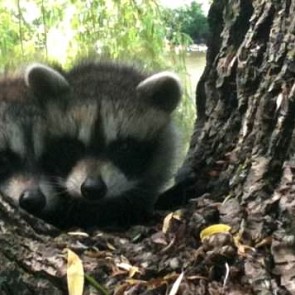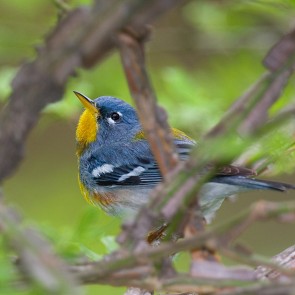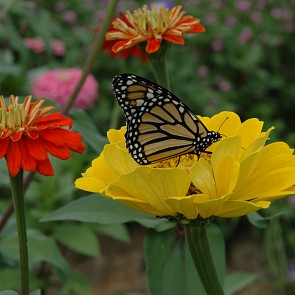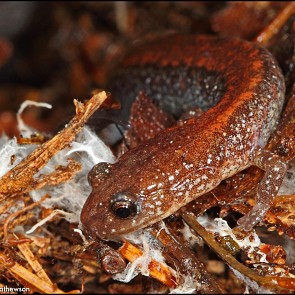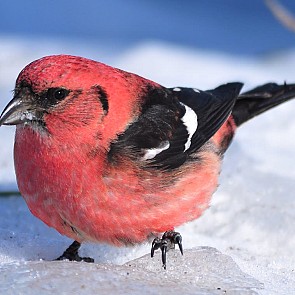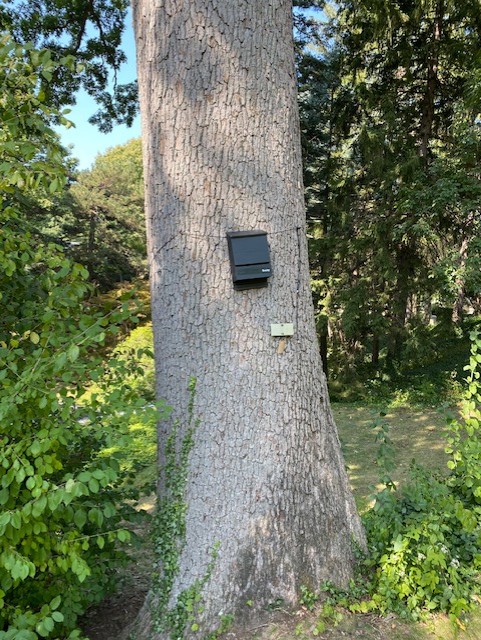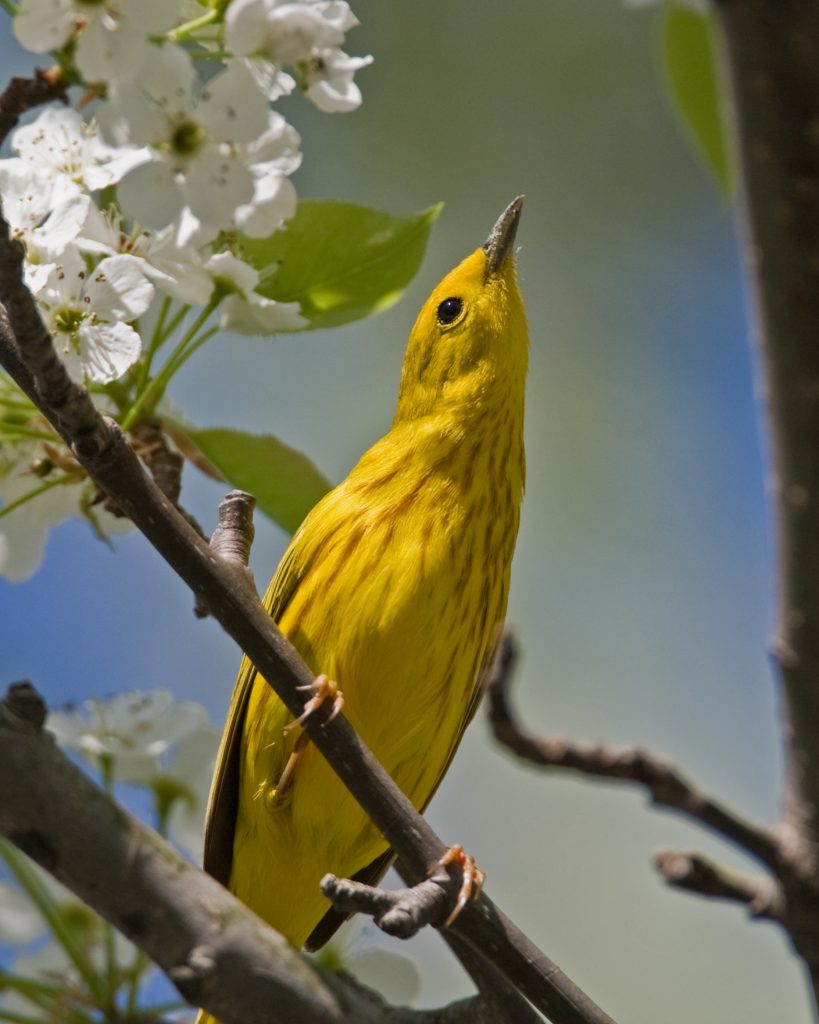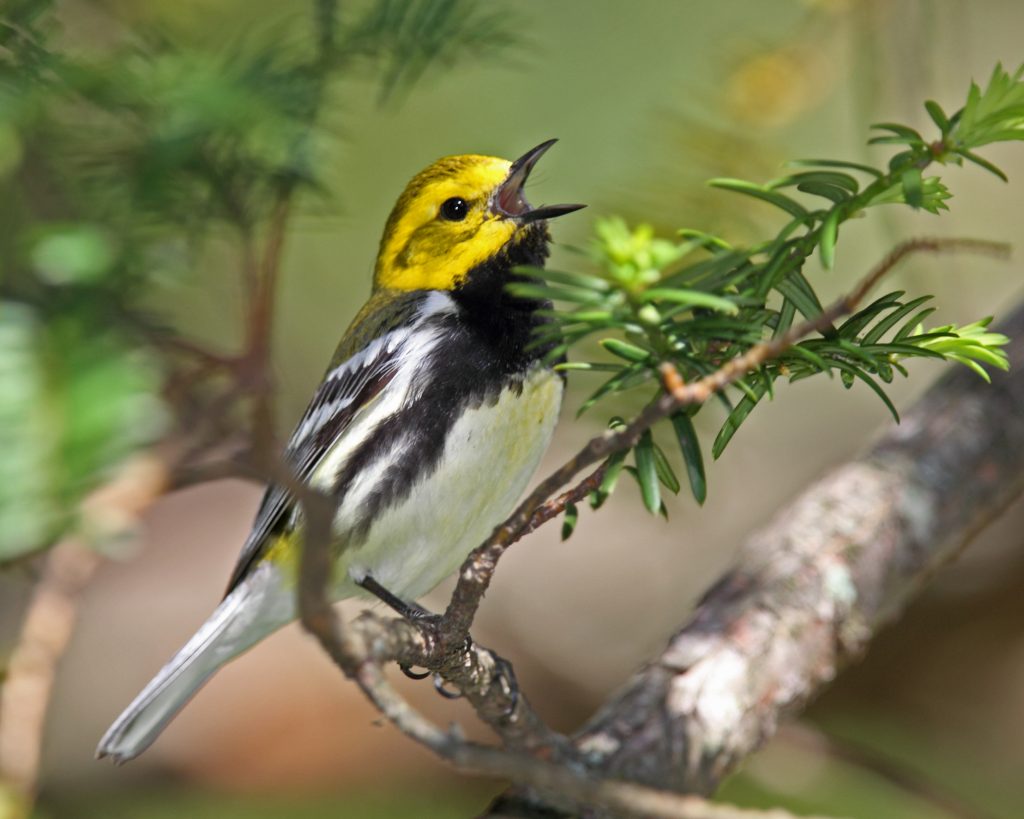How You Can Support Mount Auburn’s Wildlife
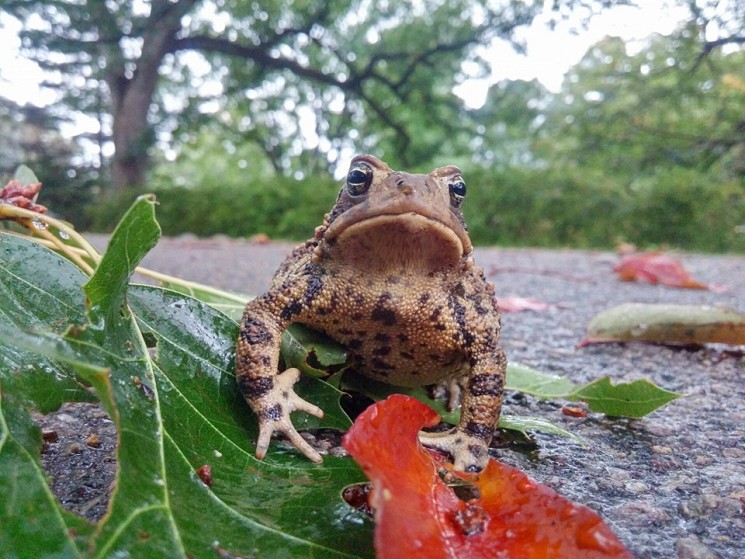
An incredible diversity of wildlife thrives at Mount Auburn Cemetery – thanks in large part to our Urban Ecology and Citizen Science initiatives. And our goal is to keep making this habitat even better.
We have a talented team of consulting scientists studying the populations of amphibians, arthropods, bats, birds, dragonflies, and pollinators that call Mount Auburn home. Even in this unusual year, we are excited to report that we have even expanded several of the studies. One highlight is Lesley University professor Chris Richardson installing bat houses in parts of the Cemetery where he has spotted activity over the past few years. This will allow us to monitor breeding activity moving forward. You can spot the bat houses at several areas around the Cemetery, including near Indian Ridge Path.
During your visits you might encounter some these scientists, who are doing much more than collecting data – they are helping our wildlife thrive in this urban landscape. And this critical work must go forward despite the COVID-19 pandemic.
Please help us continue these projects by making a special donation to support wildlife ecology today. Follow this link to make a gift to our Ecological Education and Biodiversity Studies Fund, which enables all of these efforts at Mount Auburn.
Thanks for supporting our wildlife initiatives!
To learn more and get involved with our Citizen Science Naturalist Program – including virtual sessions, independent data collection, and future announcements – contact Paul Kwiatkowski, Director of Urban Ecology & Sustainability, at pkwiatkowski@mountauburn.org.
Big Brown Bat at Mount Auburn
Urban Bat Diversity and Activity Study, Mount Auburn Cemetery, June 5, 2019. Lesley University researcher Chris Richardson retrieves and bands a Big Brown Bat caught in a mist net at Auburn Lake. He then performs a physical examination of the bat, including checking its face for signs of White Nose Syndrome (look closely at its mouth and you’ll see a fragment of a beetle that the bat had captured just before being caught itself in the net), measuring its wing length and checking its wings for signs of previous infection by the fungus that causes White Nose Syndrome.
The tiny holes visible in the bat’s wing are a sign that it had the disease but survived. Big Brown Bats have a higher recovery rate from White Nose Syndrome than other species of bats, so Chris also collects a blood sample from this bat to add to efforts to figure out how Big Browns are able to fight off the infection. He also swabs the bat’s face to collect any evidence it might still carry of the fungus. The band placed on the bat’s wing has a number that will be added to a Mass Fish & Wildlife database, so that if this bat is caught again in the future, researchers will know some of its history. The band rests securely on the wing’s bony edge like a cuff bracelet and does not pierce the wing itself.
Although gloves are worn for safety by the person handling the bat, as you can see, the research assistants are thrilled to find out how soft and silky a bat’s fur and wings are. The bat keeps up a steady and vocal commentary of its opinion about what is happening, but is unharmed by the experience and has contributed to efforts to better understand White Nose Syndrome and how it might be contained or stopped.
Bird Population Declines – And How We Can Help
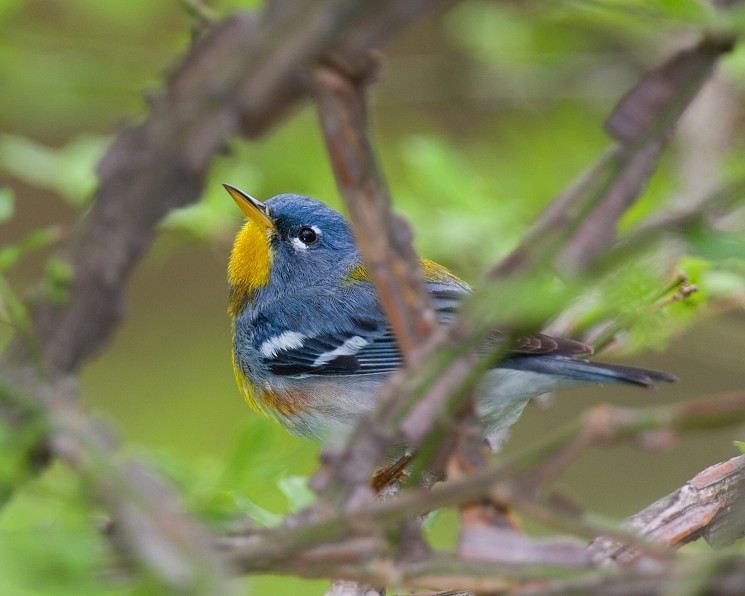
Ornithologists have long recognized Mount Auburn as one of metropolitan Boston’s most important bird refuges. Its 175 acres of green space and rich vegetation are crucial resources amid recent urbanization trends. A 2019 study from the Cornell Lab of Ornithology reports that there are three billion fewer birds in the U.S. and Canada since 1970, meaning one in four birds has disappeared over the past fifty years, with steepest declines in the eastern U.S. And according to the annual State of the Birds Report, a comprehensive analysis on bird populations in America published by the Secretary of the Interior since 2009, nearly a third of the nation’s 800 bird species are endangered, threatened, or in significant decline due to habitat loss, invasive species, and other threats. We recognize that these studies signal a broader ecological crisis. Luckily, we’re also aware that it’s not too late to help species which rely on ecosystems like those offered at Mount Auburn. We have therefore been prioritizing initiatives that are making the Cemetery an even better destination for both year-round and migratory bird populations, both through habitat enhancement throughout our landscape and collecting data (with the help of our community) on how well these habitats are serving their populations.
In recent years, Mount Auburn has become a living laboratory for scientists studying wildlife populations like our many species of birds. We now also have a multi-generational team of over 100 well-trained volunteers making it possible for these scientists to acquire the data they need at a much higher volume than they (or our own staff) would ever be able to on their own. These volunteers are part of our Citizen Science Program, now in its fifth year, with studies on phenology in our landscape each spring and fall to help us track changes in the timing of leaf, flower, and insect emergence related to weather and climate disruption (which impacts food availability for migratory birds). The program also features a new survey (launched in 2019) of breeding bird abundance and distribution throughout the Cemetery.
We have partnered with Brooks Mathewson, an ecologist with a long history of birding at Mount Auburn, to lead the program ever since its first year. Looking ahead to 2020, he will once again offer a series of workshops, training walks, and educational materials to teach our team of volunteers how to collect data for three studies in the spring and fall: breeding birds, red-backed salamanders, and phenology. Brooks then organizes, enters, analyzes, and summarizes the data; and he follows up with reports on the findings. With every year of data and analysis, we are better able to take a proactive approach to determining what adjustments need to be made in our landscape to maintain this rare resource: a thriving, sustainable urban wildlife habitat.Our Citizen Science Program would not be possible without support from friends like you; please donate today! If you are interested in becoming a volunteer, contact Wildlife Conservation & Sustainability Manager Paul Kwiatkowski at pkwiatkowski@mountauburn.org
Top photo is of a Northern Parula, by Brooks Mathewson
The Chestnut-sided Warbler in Fall Attire

Roger Tory Peterson was the first to coin the phrase “Confusing Fall Warblers” in his Field GuideTo the Birds first published in 1934 and devoted separate pages depicting those birds and pointing with arrows the significant points to look for during the fall migration. John Dunn in his Field Guide to Warblers of North America (Peterson Field Guide Series-1997) states: “Despite the fearsome concept of “confusing fall warblers” the identification is generally straightforward given adequate views”. Before fall migration, many species of warblers lose their bright and distinctive spring plumage and molt into duller or drab colors for the winter months.
So how does the new birder identify warblers in the fall? First remember that there are basic features such as wing bars that help to identify the warbler in any plumage, then there is habitat preference, the Common Yellowthroat likes marsh and other wet habitats; the Wilson’s and Canada warblers tend to be found low in thick shrubbery and many others prefer the tops of trees- exactly like they do in the spring. Watch for distinctive behavior, the American Redstart always fans its tail, the Palm and Prairie warblers raise their tails. Warblers rarely sing in the fall so you need to familiarize the call notes or chips they make, this is a bit more difficult but it easy to start with the Yellow-rump’s fairly distinctive loud “check” call. One warbler species-the Chestnut-sided has a very different look in the fall; I like to call it the Lemon and Lime Warbler. Gone are the bright chestnut sides, gone is the yellow cap, a beginner would probably never think of a Chestnut-sided. (more…)

